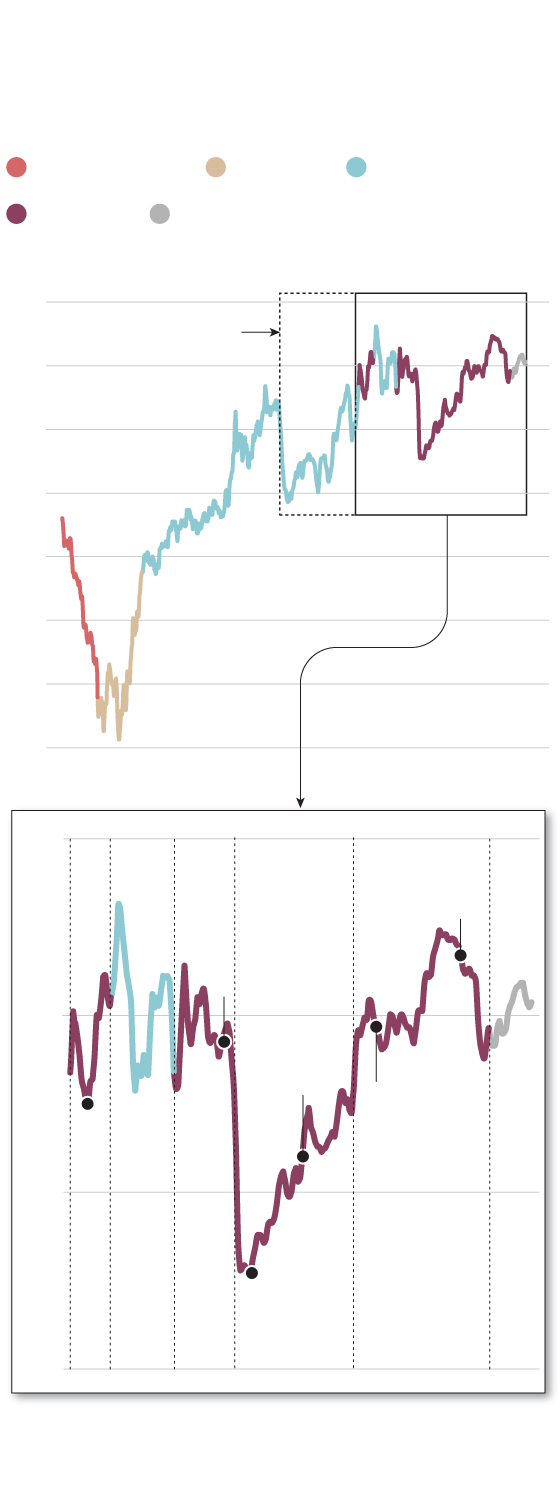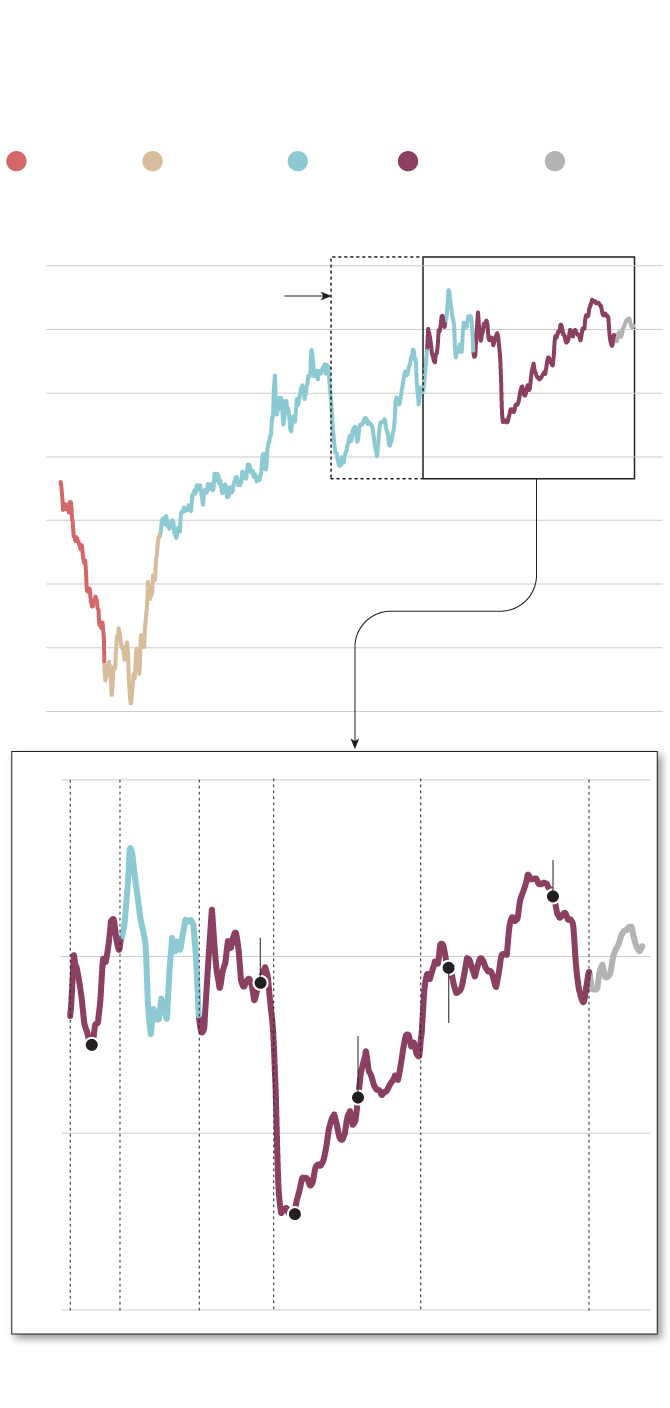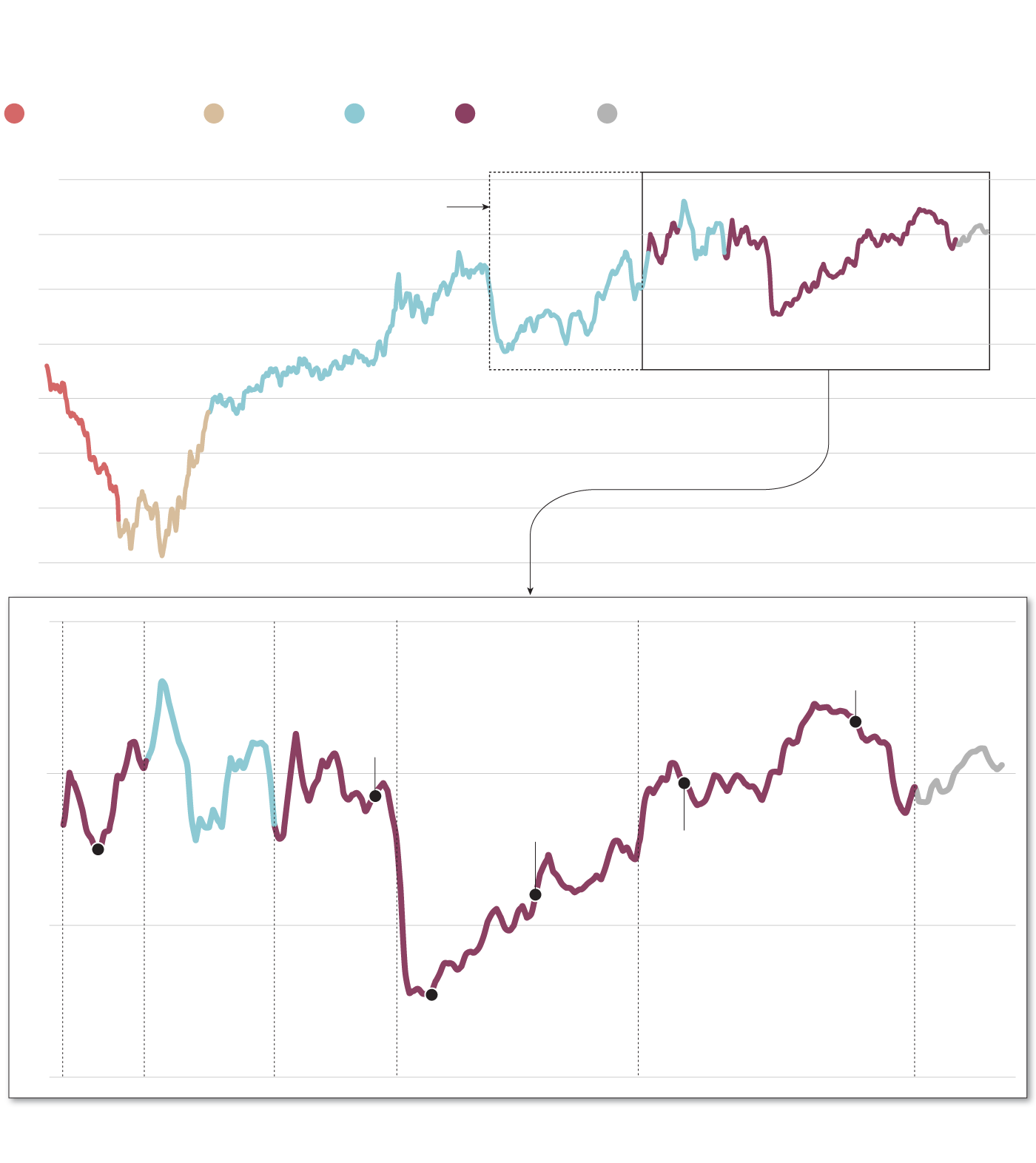View of the Horseshoe Falls on the day of the solar eclipse that will take place across parts of the United States and Canada, at Niagara Falls, Ontario on April 8, 2024.Carlos Osorio/The Globe and Mail
For more than a year, sky watchers have been looking forward to the total solar eclipse on April 8. They’ve booked their travel, stocked up on eclipse glasses and staked out their viewing spots. But no matter where they go, eclipse chasers also have to reckon with the weather.
The southern end of the eclipse track in Mexico and Texas is the least likely to be cloudy at this time of year, writes Ivan Semeniuk in the Globe’s Climate newsletter.
But the current forecast for the Southern U.S. is looking less favourable, with overcast to mainly cloudy skies during eclipse day. Moving farther north, the clouds may thin out, improving the odds for viewers in the Great Lakes area.
Good prospects continue into Montreal and Quebec’s Eastern Townships, despite the fact that the area is frequently cloudy in April. Moving eastward, the outlook is currently partly cloudy for Atlantic Canada though with little chance of precipitation.

Eclipse weather prospects
Average frequency of April cloud cover along the central line of the 2024 total eclipse
Pacific Ocean
Mexico
U.S.
Canada
Atlantic Ocean
90%
Path of total
eclipse partly
in Ontario
80
70
60
50
40
30
20
90%
Que.
Maine
N.B.
Que. and
Gulf of Saint
Lawrence
N.L.
Gander
Miramichi
80
Îles de la
Madeleine
Stephenville
Sherbrooke
70
Tignish
60
THE GLOBE AND MAIL, SOURCE:
NASA; JAY ANDERSON

Eclipse weather prospects
Average frequency of April cloud cover along the central line of the 2024 total eclipse
Pacific
Ocean
Mexico
U.S.
Canada
Atlantic
Ocean
90%
Path of total
eclipse partly
in Ontario
80
70
60
50
40
30
20
90%
Que.
Maine
N.B.
Que. and
Gulf of Saint
Lawrence
N.L.
Gander
Miramichi
80
Îles de la
Madeleine
Stephenville
Sherbrooke
70
Tignish
60
THE GLOBE AND MAIL, SOURCE: NASA; JAY ANDERSON

Eclipse weather prospects
Average frequency of April cloud cover along the central line of the 2024 total eclipse
Pacific Ocean
Mexico
U.S.
Canada
Atlantic Ocean
90%
Path of total
eclipse partly
in Ontario
80
70
60
50
40
30
20
90%
Que.
Maine
N.B.
Que. and
Gulf of Saint
Lawrence
N.L.
Gander
Miramichi
80
Îles de la
Madeleine
Stephenville
Sherbrooke
70
Tignish
60
THE GLOBE AND MAIL, SOURCE: NASA; JAY ANDERSON
This could change depending on local weather conditions in the final hours leading up to the arrival of the moon’s shadow. Check out the current weather forecasts for the Canadian cities on the eclipse’s path of totality.
Leamington, Ont., will see the eclipse at 3:12 p.m. for 2 minutes and 7 seconds. The weather forecast:
Hamilton will see the eclipse at 3:18 p.m. for 1 minute and 50 seconds. The weather forecast:
Niagara Falls will see the eclipse at 3:20 p.m. for 3 minutes and 30 seconds. The weather forecast:
Belleville, Ont., will see the eclipse at 3:21 p.m. for 2 minutes and 4 seconds. The weather forecast:
Montreal will see the eclipse at 3:26 p.m. for 1 minute and 27 seconds. The weather forecast:
Sherbrooke will see the eclipse at 3:27 p.m. for 3 minutes and 26 seconds. The weather forecast:
Fredericton, N.B., will see the eclipse at 4:33 AT for 2 minutes and 17 seconds. The weather forecast:
Miramichi, N.B., will see the eclipse at 4:34 AT for 3 minutes and 8 seconds. The weather forecast:
Alberton, PEI, will see the eclipse at 4:35 AT for 3 minutes and 3 seconds. The weather forecast:
Summerside, PEI, will see the eclipse at 4:37 AT for 1 minute and 2 seconds. The weather forecast:
Meat Cove, N.S., will see the eclipse at 4:39 AT for 1 minute and 30 seconds. The weather forecast:
Gander, N.L., will see the eclipse at 5:12 NT for 2 minutes and 13 seconds. The weather forecast: